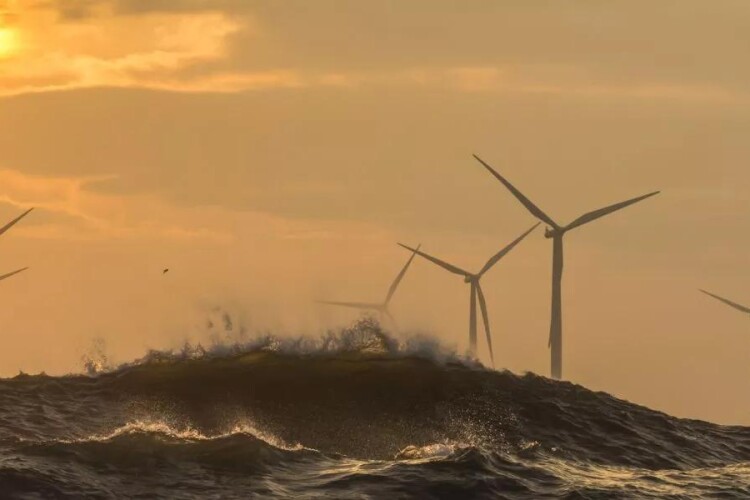Old wind turbine blades could be recycled and reused under the plans being developed.
The three organisations have signed a memorandum of understanding aimed at driving forward the development of recovery processes for used glass fibre products, including a novel process developed at Strathclyde.
Glass-reinforced polymer composites (GRP), used in wind turbine blades around the world, are recognised as a hard-to-break-down source of pollution. Today nearly all thermoset GRP scrap generated in the UK and Europe goes to landfill or energy from waste.
Applications are beginning to emerge. HS2 is planning to make use of old turbine blades as concrete reinforcement and the Offshore Renewable Energy (ORE) Catapult is calling for increased investment and R&D into recycling.
The volume of GRP scrap is set to increase substantially, with end-of-life wind turbine blades likely to be a major source of GRP scrap in the UK by mid-2030s, said the Strathclyde and Aker team.
Findings from the University of Strathclyde indicate a global increase of wind turbine blade waste from around 400,000t per annum in 2030 to around 2,000,000t by 2050.

“At Aker Offshore Wind, sustainability is about making business decisions that add value to our company, our stakeholders and society," said Astrid Skarheim Onsum, chief executive officer of Aker Offshore Wind. “Industrial waste is a challenge in most industries, and by teaming up with the University of Strathclyde we have an opportunity to further develop a novel solution to a growing issue and apply it at scale across our segment and beyond.”
Dr Liu Yang, head of the Advanced Composites Group at the University of Strathclyde, said: “This is a challenge not only for the wind power industry, but for all industries reliant on GRP materials in their production and manufacturing. “Retaining and redeploying the embodied energy in the fibres is essential as we move to a more circular economy.”
Under the terms of the MoU, the parties will scale up and commercialise a process developed at lab scale by Strathclyde. It involves the thermal recovery and post-treatment of glass fibres from GRP scrap to achieve near-virgin-quality glass fibres.
Aker Horizons and Aker Offshore Wind will contribute with funding and relevant skills to bring the solution into an industrial setting. In addition, the project will draw on broad expertise in chemical processing and carbon capture within the wider Aker group to ensure that the industrialisation to be safe and sustainable.
The GRP recycling technology, which has been developed by the Strathclyde’s Department of Mechanical & Aerospace Engineering, can turn composite waste into reusable fibre reinforcement and could serve 50% of global glass fibre demand if implemented worldwide. The team said that products produced range from mid- to high-value fibres and so a broad spectrum of the market can be covered, from less demanding to high-performance products.
Recycled GRP will also be attractive to industries outside the wind power space, the researchers said, and can be tailored for a range of different composite applications. Today, GRP or glass fibre is used in sectors including car manufacturing, maritime vessels, oil and gas production, construction and sporting goods.
Got a story? Email news@theconstructionindex.co.uk



